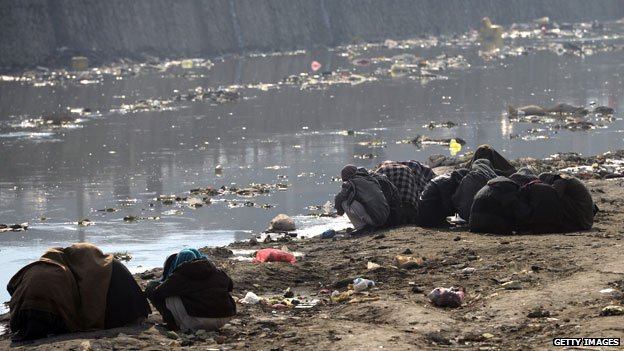The opium from Marjah, a district in southern Helmand province, likely will make its way to drug addicts in the region and the world. Helmand's harvest this year is expected to be one of the largest ever, mirroring trends in the rest of Afghanistan. This year's bumper crop, after the U.S. has spent $7.5 billion trying to eradicate opium in Afghanistan, represents one of the most tangible and visible failures as the American-led military force prepares to withdraw by the end of this year. And with Afghanistan's emerging anti-narcotics forces vastly outnumbered both by Taliban brokers and corrupt officials involved in the trade, the opium trade likely will only grow. "Poppy is like a virus that is already embedded in a sick body," said Ashita Mittal, acting country director for the United Nations Office on Drugs and Crime in Kabul. "It is going to impact the whole economy of this country. We do believe that in the absence of the growth of the licit economy, the illicit economy will take over."
Last year, 209,000 hectares (806 square miles) of poppy were planted across Afghanistan, up 36 percent over the year before and producing an estimated 5,500 metric tons (6,062 tons) of opium, according to the U.N. drug agency. By comparison, only a little over 7,000 hectares (27 square miles) of poppy field were eradicated. The 2014 harvest is expected to match or even exceed last year's record. In coming years, opium will grab an even larger share of Afghanistan's already troubled economy, as money from U.S. military contracts and aid work dries up. The U.N. estimates that some 200,000 families in Afghanistan are involved in opium production already and that the country has some 1 million addicts. As a share of Afghanistan's economy, opium looms large: The U.N. estimates the potential gross value of Afghan opiates last year was around $3 billion equal to 15 percent of the country's gross domestic product.

An Afghan farmer works on a poppy field harvesting opium, the main ingredient in heroin, in the Khogyani district of Jalalabad, Afghanistan. This year's bumper crop represents one of the most tangible and visible failures of U.S. policy in Afghanistan, as the American-led military force prepares to withdraw by the end of this year.
Throughout the U.S.-led mission in Afghanistan, it has worked with Afghan forces to try to eradicate opium a major source of funding for the Taliban insurgency. At first, that meant hacking down and burning fields, though later troops sought to persuade farmers to plant alternative crops. A report to U.S. Congress this week by the Special Inspector General for Afghanistan Reconstruction said Washington has spent $7.5 billion on the effort. For a few years, opium production dropped, but as the NATO withdrawal looms, more farmers are turning back to poppies.
For Marjah farmer Mohammad Ayub, the choice is easy. Opium poppies are easier to grow than other crops, they are easy to convert into quick cash and far more profitable. He says he can earn 80,000 Afghanis ($7,000) growing poppies for opium on his land, while he can barely break even planting cotton. "Opium has a good income, and that is why people are cultivating it with all its problems," Ayub said. "We are not scared from the government, because most of the officials have their share in the harvesting." In Marjah, the resurgence of opium is particularly striking because the Helmand district was touted in 2009 as a showcase of the U.S. military's "surge" strategy of driving Taliban from the area. At the time, the American coalition flew journalists to newly liberated Marjah to see efforts to convert poppy fields to wheat, grapes and other crops and install a clean, competent local administration, memorably described at the time as a "government in a box."
MORE




